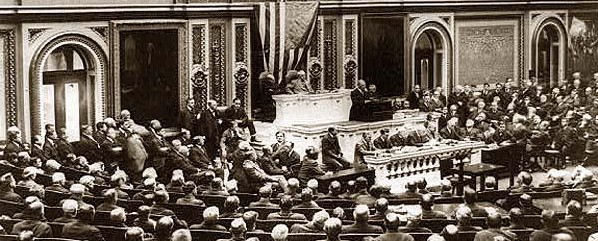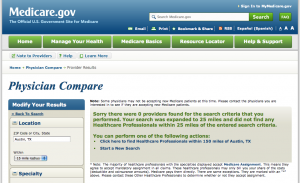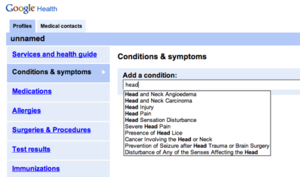With #CSM2013 only days away, #physicaltherapist twitter chat relating to the conference will continue to increase. Quotes, links, pictures, and thoughts relating to #CMS2013 will spawn far ranging discussion. Individuals will participate remotely from all over the world. I anticipate the traffic on the #CSM2013 stream to be massive given the increase in physical therapists, students, and other disciplines engaging twitter professionally.
In #PhysicalTherapy Hashtag Project, I discussed hashtags in physical therapy specifically and healthcare in general. I also outlined some proposed hashtags for the PT tweetsphere. These were meant to categorize links, discussion, and comments regarding specific practice areas and topics including sports, pain, acute care, business, advocacy, and research science. A nice discussion evolved both in the comments section, and on twitter inspiring me to create a follow up post based on the conversation.
The Healthcare Hashtag Project on Symplur continues to curate information relevant to various aspects of healthcare and various professionals within healthcare. Of course, much of the information is also important for public health and patients. Interestingly, the #DPTstudent and #solvePT tweetchats rank 5th and 7th respectively in trending tweetchats. #Rehab generally is 15th on the list of trending hashtags. Impressive! The four main categories of organization are hashtags, tweet chats, conferences, and diseases. I envision this project growing in both scope and specificity to connect various professions (and patients!) while simultaneously allowing for more focused categorization within professions. As introduced in the Physical Therapy Hashtag post, specificity of hashtags for the physical therapist profession adds value to the twitter community. A great feature is a schedule of healthcare related tweet chats.
A while back, PT Think Tank’s Eric Robertson introduced the idea of a new PT hashtag #LivePT to capture statements and sentiments that were more appropriately branded outside the #solvePT tag and chat. Below is the revised list of hash tags. Please review and comment….
Practice Areas
- #AcutePT
- #CardioPulmPT
- #GeriatricPT
- #ManualPT
- #NeuroPT
- #OMPT
- #OrthoPT
- #PainPT
- #PediPT
- #PelvicMafia
- #SportsPT
- #WellnessPT
Other Topics
- #bizPT
- #brandPT
- #cashPT
- #PTadvoc
- #PTscience
- #PTtech
- #therapycap
Students and Education
- #PTedu
- #DPTstudent
Global #physicaltherapy Hashtags
- #LivePT
- #PTfirst
- #PThero
- #SolvePT
Other Hashtags
- #HCSM
- #meded
- #mHealth
- #SocialOrtho
- #SportsSafey
Tweet Chats
- #SolvePT Tuesday 9:00PM EST More info
- #DPTstudent Wednesday 9:00PM EST More info
- #SocialOrtho First Wednesday of the month 9:00PM EST
- #ACLchat Every other Sunday 9:00Pm EST
Is the list too long? Too short? What hashtags do you utilize and follow? Any tweet chats you participate in or follow? Remember to utilize both the #CSM2013 hashtag and topic specific hashtags for your Combined Section Meetings tweets! See you in San Diego. Tweet with you if not!





 Check out my AAOMPT presentation:
Check out my AAOMPT presentation: 
